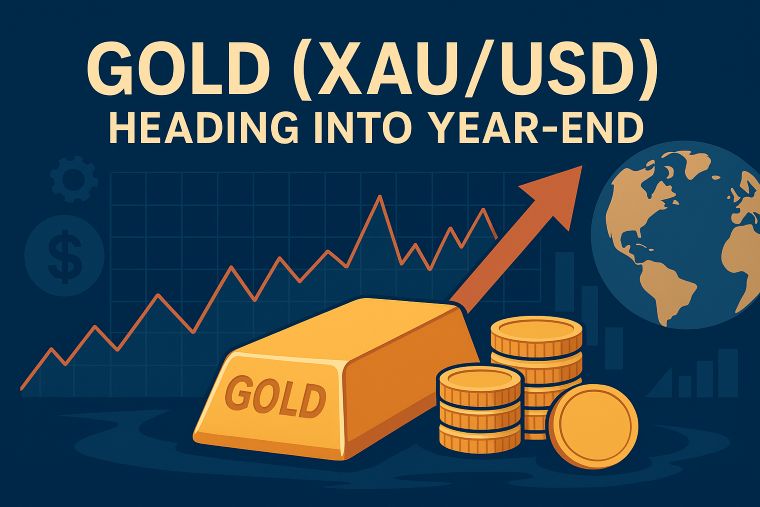2 min to read
The U.S. dollar encountered a substantial downturn against the yen
sliding from the pre-announcement level around 151.70 yen to the mid-150 yen range.

“In today’s New York foreign exchange market, the U.S. dollar encountered a substantial downturn against the yen, sliding from the pre-announcement level around 151.70 yen to the mid-150 yen range”
This sudden surge in selling pressure on the dollar was triggered by the release of the U.S. Consumer Price Index (CPI), which fell short of market expectations.
Both the overall and core indices of the U.S. CPI reported a month-on-month stagnation, deviating from predictions. Notably, the decline was influenced by a reduction in gasoline prices. The Core Services Inflation, or the Super Core, excluding housing, experienced a notable decrease in the calculated value, dropping from 0.6% to 0.2% month-on-month.
Despite intermittent fluctuations in recent months, inflation has significantly subsided since its peak last year, marking a four-decade low. This reduction is perceived as a reassuring indicator for the Federal Reserve (FRB). While Chair Powell exercises caution regarding potential additional rate hikes, the current U.S. CPI data justifies the prevailing market sentiment anticipating the conclusion of rate hikes.
In the short-term financial markets, notable shifts in expectations regarding the onset of FRB rate cuts have emerged. Some movements suggest an acceleration from June to March for the initiation of rate cuts, with projections indicating a cumulative rate reduction of 0.50% by the July FOMC next year.
The Euro/Dollar experienced heightened buying activity, rallying to the upper 1.08-dollar range. The day’s ascent facilitated a swift recovery of the 100-day and 200-day moving averages, signaling an acceleration in the rebound market. Towards the session’s end, the Fibonacci 50% retracement of the downtrend from July to early October was also regained, with attention focused on the 61.8% retracement at around 1.0960 dollars.
On the European front, the ZEW Economic Sentiment Index for Germany, released today for November, displayed a fourth consecutive improvement in investor confidence towards the German economy. Amidst a deceleration in inflation, this suggests a potential stabilization in the German economy. Director Bambach from ZEW stated, “The statistics support the impression that the German economy has hit bottom,” adding, “With the increasing expectations for economic prospects, outlooks for the industrial sector in Germany and domestic and foreign equities have become more optimistic.”
The Pound/Dollar also witnessed a rapid buyback, surging towards the 1.25-dollar range. The day’s ascent facilitated a swift recovery of the 200-day moving average, indicating signs of acceleration in the rebound market. While today saw the release of UK employment statistics for July-September, the pace of wage growth in the UK slowed to 7.7% year-on-year, reaching its lowest level in the past two and a half years. However, with the unemployment rate remaining relatively low at 4.2%, the necessary conditions for the Bank of England to achieve its 2% target are not yet fulfilled.
Some observers suggest that the improvement in UK inflation may be gradual, and the market’s anticipated rate cuts may be delayed until 2025. While the UK labor market is not tightening significantly, inflation is expected to decrease only slowly. It is speculated that the Bank of England might consider a rate cut in early 2025. Notably, short-term financial markets are already factoring in rate cuts from the second quarter of 2024 onwards.
Visit XM Official Website.

